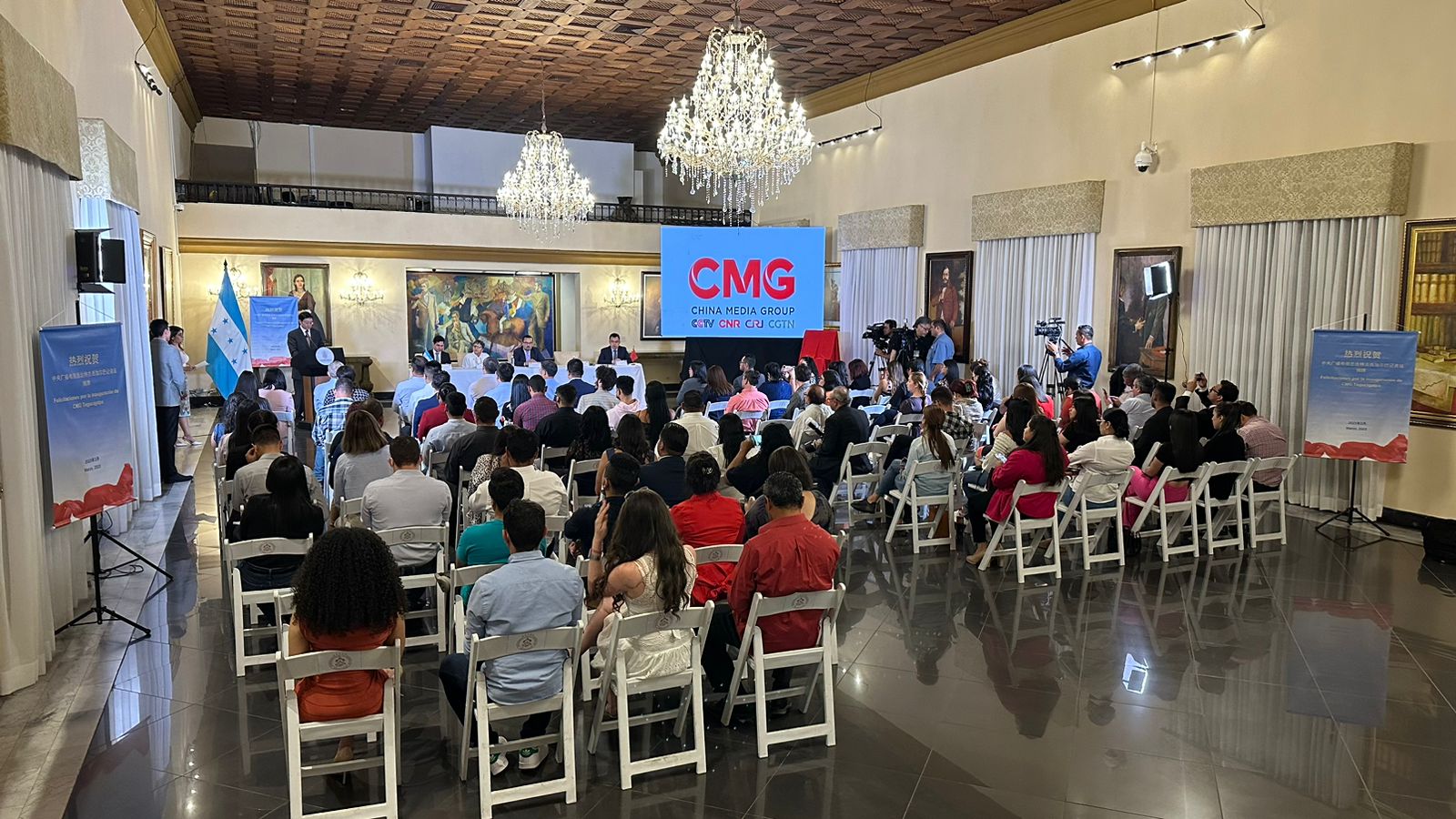SA to hike rates as load shedding stokes inflation

South Africa’s central bank is set to raise interest rates to a 13-year high as the increasing cost of dealing with severe power outages further de-anchor inflation expectations and cripple the economy
Economists in a Bloomberg survey expect the five-member monetary policy committee to raise the key rate to 7.5 percent from 7.25 percent.
The most popular view among economists is for a unanimous decision, though some members of the panel are seen voting for a bigger move or no change. Forward-rate agreements used to speculate on borrowing costs show traders are only pricing in a 64 percent chance of a quarter-point hike.
The South African Reserve Bank “faces an unenviable conundrum of higher inflation forecasts plus higher risks, downgraded gross domestic product expectations, and global jitters around some of the unintended consequences of tighter financial conditions in the short term,” said Jeffrey Schultz, BNP Paribas’s chief economist for the Middle East and Africa.
A 25 basis-point increase will take the benchmark to the highest level since June 2009, when the fallout from the global financial crisis weighed on the local currency.
South Africa’s rand has weakened about 6 percent against the dollar this year, the worst performer in a basket of 16 major currencies tracked by Bloomberg. That’s as investors place a premium on the currency as intense electricity rationing and logistics-network constraints erode economic growth prospects, disrupt local supply chains and stoke inflation.
Africa’s most-industrialised economy is suffering its worst-yet electricity rationing, with state utility Eskom implementing rolling blackouts of as much as 12 hours on all but one day this year, according to data compiled by Bloomberg. The outages prompted the International Monetary Fund to cut its 2023 economic growth forecast to 0.1 percent from 1.2 percent.
The interest-rate decision will be announced during a televised briefing that starts at 3 pm local time. Governor Lesetja Kganyago will also give the voting breakdown and updates of the central bank’s economic forecasts, including for inflation, rates and economic growth.
Headline consumer-price growth quickened to 7 percent in February, with the power outages — known locally as load shedding — driving up food and non-alcoholic beverage inflation. Average price-growth expectations for the year increased to 6.3 percent in the first quarter from 6.1 percent previously, according to a survey of business people, labour unions and households conducted by the Bureau for Economic Research.
Structural impediments to economic growth, including electricity shortages, are likely to keep input costs elevated over the next 12 to 18 months as companies run costly alternative power solutions such as diesel-fed generators more regularly, Schultz said.
The MPC prefers to anchor inflation expectations close to midpoint of its 3 percent to 6 percent target range. Guiding the rate back toward 4.5 percent can reduce the economic costs of high inflation and allow for lower interest rates in the future, it said in January.
The panel under Kganyago has frontloaded its fight against inflation: At 7.25 percent, the key rate is already higher than the year-end 2025 level that its quarterly projection model suggests it should be.
The strategy has meant South Africa hasn’t seen the scale of target misses experienced by some of its developed market and African peers. Thursday’s increase will probably be the last in the current interest-rate hiking cycle that started in November 2021, according to economists including Mamello Matikinca-Ngwenya, of FirstRand’s First National Bank. – Bloomberg










Comments